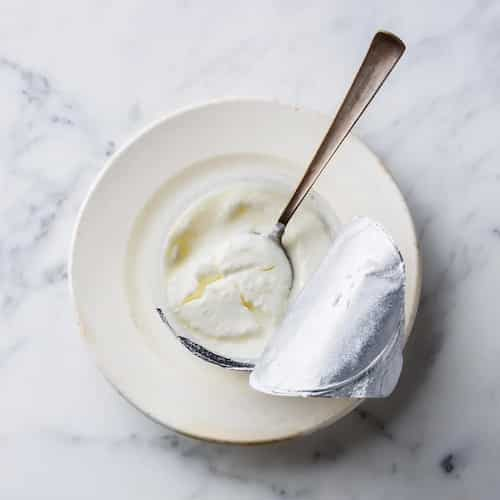Clabbered milk is milk that has been given time to organically ferment, developing a thick, acidic, and extremely rich flavour. Frequently, it is offered for sale in grocery stores under the name buttermilk. This sour milk is a very well-liked beverage and ingredient in many parts of the world. It belongs to a family of cultured dairy products that have been consumed for centuries. This ingredient can be made at home and is available in many supermarkets in a pasteurised form.
The Irish term "clabber" means "to thicken" and is a foreign word from that language. Clabbered milk can be made into clotted cream, a traditional topping for scones in many regions of the United Kingdom and Ireland, if the milk is given enough time to thicken. This cultured milk can also be sipped over ice and is particularly well-liked in the American South. It can be consumed plain, with flavours, or straight. Since fresh milk is still a recent delicacy in a large portion of the world, clabbered milk is frequently preferred there because it is more shelf-stable than ordinary milk.
Traditionally, raw milk is let to stand until it has thickened, which takes anywhere between 24 and 48 hours. Additionally, the milk is frequently kept warm, which promotes the development of good bacteria. The acidity of the milk rises as it thickens, inhibiting the growth of dangerous bacteria and producing a very unique tang that many people genuinely love. The milk can be utilised in a variety of recipes after it has clumped; by acting as a rising agent, it will make baked items fluffier and lighter.

Milk that has been pasteurised is frequently used to make modern clabbered milk. As a result of pasteurisation, which has largely eliminated the milk's beneficial microorganisms, this milk will be safer to consume but may be deficient in them. Stores frequently have this version on hand for purchase. By putting a small amount to a clean jar as a starter culture, pasteurised milk, and letting it ferment, you can use it to make your own clabbered milk at home.
You can also produce a substitution for this ingredient by adding one and a half tablespoons of an acid, such as vinegar or lemon juice, directly to either raw or pasteurised milk. It won't be as rich and tasty, but this version will still have the sour flavour and slightly curdled texture of conventional clabbered milk. It also clabbers considerably more rapidly, which might be helpful in a pinch.
Clabbered Milk vs Buttermilk
Although they are both fermented milk products, they are not the same. Both can be substituted for each other in different recipes, especially while baking. The former is made by fermenting raw cow's milk, whereas the latter is made by letting the fat-free liquid left over after making butter rest at room temperature in order to develop beneficial bacteria.


